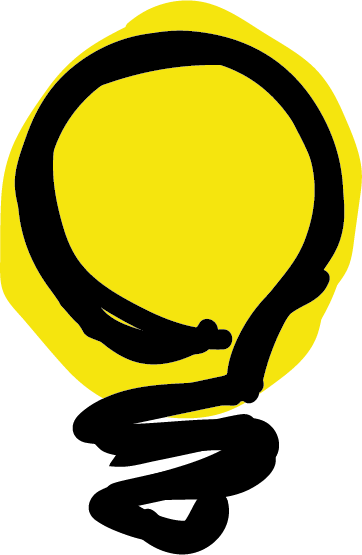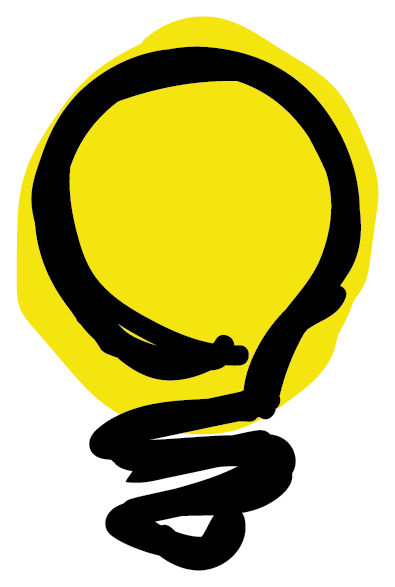2 Min Read
The Difference between Design Process Books and Presentations
2 Min Read
Understanding the Difference of Design Process Books and Presentations
A process book and presentation are often required in design projects. I frequently encounter students who question whether they can simply present their process books.
Like the rationale behind avoiding digital thumbnails, my response is a resounding no. Why? Because process books and presentations serve distinct purposes, each is indispensable in its own right.
Process Books
A process book is like a chronicle—a detailed documentation of the design journey from inception to fruition. It encapsulates every facet of the creative process, from initial research and sources of inspiration to thumbnail sketches, rough drafts, and iterations of compositions. Whether it’s a student seeking feedback from their professor or a professional collaborating with fellow designers, the process book is a tangible record of the designer’s journey, offering insights into their decision-making process and creative evolution.
Presentations
Conversely, a presentation is a narrative—a curated showcase of the designer’s most compelling work and strategic insights. It distills the essence of the design process into a focused narrative, presenting only the most pertinent information. This includes research findings that directly support the given work, mood boards to set the tone, and a selection of the most substantial design options. The adage “less is more” holds here; by presenting only the best work, designers ensure that attention is directed to their most impactful creations, fostering constructive feedback and discussion.
To clarify this further, I’ll augment this post with concrete examples of a process book and a presentation.





